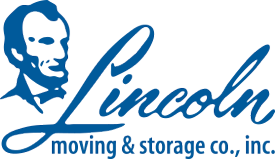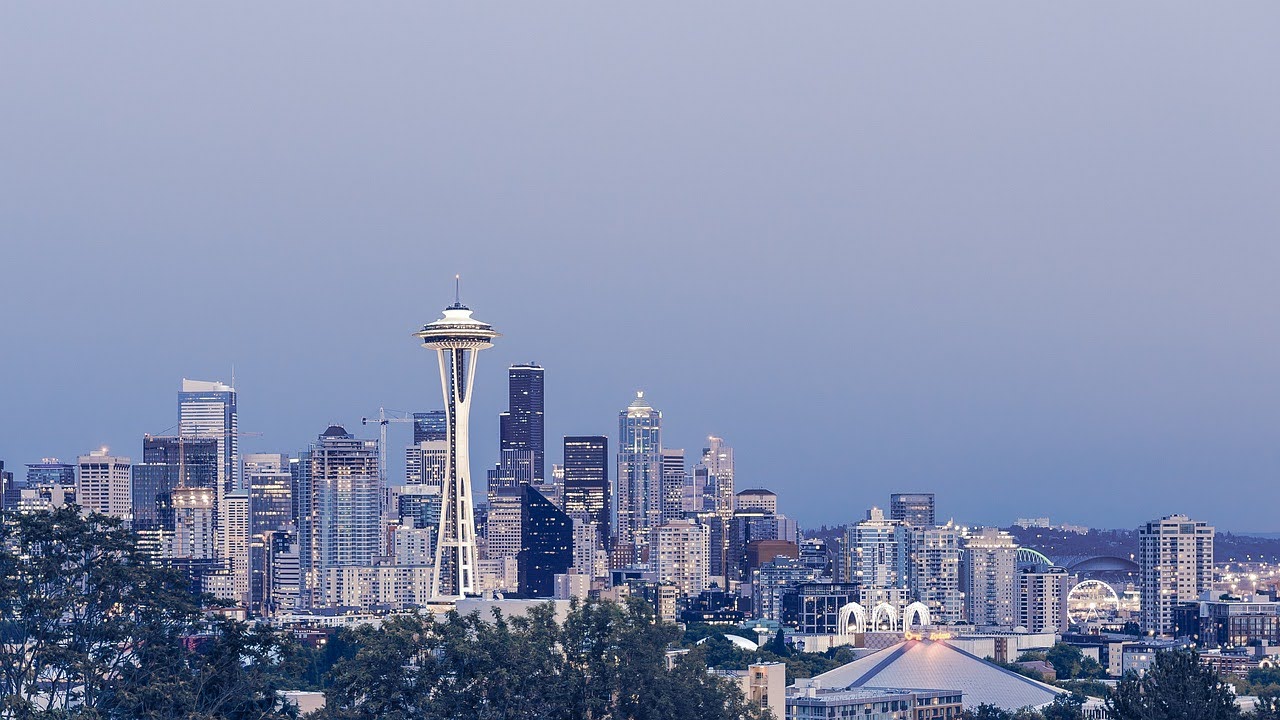Most Affordable Seattle Neighborhoods in 2025
Seattle has a reputation for being expensive—and while that’s mostly true, not every neighborhood comes with a seven-figure price tag. If you’re looking for lower housing costs without giving up livability, diversity, or amenities, this guide spotlights Seattle neighborhoods that are still (relatively) budget-friendly in 2025—and worth your time.

Quick Compare: Seattle’s Most Affordable Neighborhoods
| Neighborhood | Median Home Price
(June 2025) |
% Below Seattle Median (~$910K) | Median Rent | Walk Score |
| White Center | ~$600K | 34% | $1,903 | 64 |
| Beacon Hill | ~$775K | 15% | $2,050 | 69 |
| Bremerton | ~$490K | 46% lower | $1,665 | 51 |
| International District | ~$290K (condos) | 68% lower | $1,820 | 98 |
| University District | ~$914K (wide range) | N/A | $1,372 (studio) | 93 |
| Georgetown / SoDo | ~$472K (SoDo)
~585K (Georgetown) |
48% lower | $1,875 | 68 |
🔑 Color Key:
- Green = Most affordable or high walkability (best value)
- Orange = Moderate affordability/walkability (not as good of a value)
- Red = Lower walkability
- Gray = Not applicable or city median
White Center
Why It’s Affordable: This working-class area has always had lower home prices. It’s also farther from big job centers, so fewer people compete to live here.
White Center is artsy, a bit rough around the edges, and full of potential. Rents are still below city averages, and home prices often fall under $700K. According to Redfin, “In June 2025, White Center home prices were down 3.7% compared to last year, selling for a median price of $597K.”
It’s diverse, located near West Seattle, and features a vibrant mix of murals, music, and multicultural eateries. “Affordability mixed in with amenities means that every cool kid who wants space to grow a garden, have a dog, and still catch up with friends for authentic Salvadorian food are now making their way to White Center,” notes Team Diva Real Estate.

Pros:
- Average rent $1,903 vs $2,262 citywide, according to Rent Cafe as of July 23, 2025
- Authentic Mexican, Vietnamese, and Filipino restaurants
- 15-minute drive to West Seattle beaches and Lincoln Park
- 6th most diverse place to live in the Seattle Area, out of 292 places, according to Niche
- Local events and a strong sense of community
- According to Homes.com, “Well-attended cultural events in White Center include Fiesta Mexicana, which the Holy Family Catholic Church puts on.”
- “Debuting in August of 2024, the Rat City Art and Food Walk is planned on the third Thursday of each month,” reports Homes.com.
- “The White Center Block Party, in August, is an event launched by small business owners seeking to promote local and regional businesses, artists and musicians,” notes Homes.com.
Cons:
- According to Door Profit, White Center has “25% more crime than surrounding neighborhoods.”
- Limited full-service grocery store options (nearest QFC is in Burien)
- Spotty sidewalk infrastructure on side streets
- Some areas flood during heavy rain due to poor drainage
- Potential for gentrification and rising home prices
Beacon Hill

Why It’s Affordable: The steep hills kept this area overlooked for years. It’s also farther from major business districts, so prices stayed lower.
Beacon Hill offers space, community, and great views, all for less than more “trendy” neighborhoods. It’s well-served by light rail, features under-the-radar restaurants, and is situated just south of downtown. “In June 2025, Beacon Hill home prices were up 7.9% compared to last year, selling for a median price of $775K,” states Redfin.
“Located about 5 miles south of downtown, the neighborhood offers comfortable suburban living with easy access to Interstate 5 and the Beacon Hill light rail station,” states Homes.com.
Pros:
- Median home prices $700K – $800K
- Light Rail Station connects to Sea-Tac Airport (22 min) and downtown (8 min)
- Beacon Hill Food Forest – 7-acre public food forest for community harvesting
- Green spaces, natural areas, and stunning views
- “Beacon Hill is home to Jefferson Park, the sixth largest park in the city at about 52 acres… the park boasts walking trails, sports fields, bowling greens, a skate park, water spray park, tennis courts, playgrounds, and incredible views of downtown Seattle,” notes Isola Homes.
- “On the west side of Beacon Hill, Dr. Jose Rizal Park has an amazing view of south Downtown and Elliott Bay. The park has a dog off-leash area at its north end, and picnic tables, restrooms, and a small play area for children to the south,” states the Seattle official government website.
- Diverse, tight-knit community
Cons:
- Less nightlife and shopping
- Steep hills and elevation
- Some airport/I-5 noise
- Few chain retailers or national brand stores
- Heavy traffic on Rainier Avenue
Bremerton
Why It’s Affordable: You have to take a ferry to get to Seattle, which many people don’t want to do. Plus, it’s in a different county with lower costs and taxes.
Bremerton isn’t technically in Seattle, but it’s worth mentioning. One ferry ride away, you can get homes for $450K-600K and enjoy a growing downtown. “In June 2025, Bremerton home prices were up 6.5% compared to last year, selling for a median price of $490K,” Redfin reports. Bremerton is ideal for individuals who work from home or occasionally visit the office.

Pros:
- Homes ~$450K–$600K
- “Nearly unrivaled in the Puget Sound, Bremerton homes carry a median price half that of homes on the Seattle side of the water,” states the City of Bremerton.
- Small-town feel with a charming downtown and waterfront
- Harborside Fountain Park has summer concerts and farmers’ markets.
- Property taxes in Bremerton are significantly less expensive than in Seattle, WA.
- Beautiful 60-minute ferry ride to downtown Seattle
Cons:
- The ferry operates every 30-60 minutes; the last boat departs from Seattle to Bremerton at 12:50 AM. The last boat from Bremerton to Seattle leaves at 11:40 PM.
- “Passenger and vehicle/driver fares are collected at Seattle, while vehicle/driver only fares are collected at Bremerton,” states the Washington State Department of Transportation (WSDOT). According to the WSDOT website:
- Ferry costs $10.25 from Seattle to Bremerton.
- WSF Monthly Pass (31 round-trip rides) is $131.30
- Multi-Ride Commuter Card (10 round-trip rides) is $82.05
- “Passenger and vehicle/driver fares are collected at Seattle, while vehicle/driver only fares are collected at Bremerton,” states the Washington State Department of Transportation (WSDOT). According to the WSDOT website:
- You need a car for most things.
- As of July 23, 2025, Walk Score gave Bremerton a score of 51 vs Seattle’s score of 74
- Fewer jobs outside of the naval shipyard and hospitals
- High tourist traffic
Chinatown–International District
Why It’s Affordable: Many buildings in the area are old, and it has had a bad reputation for years. This keeps condo prices low even though the location is great and transit is excellent.
If you’re open to condo living, the International District is one of the best-value neighborhoods downtown. Home prices hover around $290K–$600K. According to Redfin, “In June 2025, International District home prices were down 14.1% compared to last year, selling for a median price of $290K.” In the International District, you’re steps from public transit, great food, and city attractions. “This walkable neighborhood is the epicenter of Seattle’s Asian American culture and one of the best food districts in the city,” states Travel Lemming.

Pros:
- Walk Score of 98 – you can walk everywhere.
- All types of transit available: light rail, buses, trains, and Amtrak
- Deep cultural heritage and food scene
- “Grab dinner in a tatami room at Maneki, warm up with tea at the cozy Panama Hotel and Tea House, and explore the huge Uwajimaya Supermarket,” suggests Travel Lemming.
- One of the lowest downtown housing price points
- Museums and festivals, including the Historic Wing Luke Museum and Dragon Fest celebrations
Cons:
- 85% condos and apartments – almost no houses available
- Homeless camps and safety issues get worse after 10 PM.
- Very hard to find street parking (most blocks limit you to 2 hours)
- It can be noisy late at night.
- Many buildings built before 1980 with old electrical and plumbing
University District
Why It’s Affordable: Built for college students on tight budgets, numerous small apartments and shared housing help keep costs down compared to family neighborhoods.
The U-District has one of the best light rail connections in Seattle, with rent prices that are well below those of places like Capitol Hill or SLU. It’s ideal for singles, grad students, or first-time buyers in shared or compact spaces. However, rent is cheaper here than home prices. According to Redfin, “In June 2025, University District home prices were up 5.4% compared to last year, selling for a median price of $914K.”

Pros:
- Very walkable: Walk Score of 93, Transit Score of 82, according to Walk Score
- “University District is the 7th most walkable neighborhood in Seattle,” states Walk Score.
- Home to the University Book Store, REI flagship store, and Neptune Theatre
- Burke-Gilman Trail gives you 27 miles of car-free biking and walking.
- Saturday farmers market year-round in University Heights.
- Studio apartments start around $1,200, compared to $1,800 in Belltown.
- “As of July 2025, the average apartment rent in University District is $1,372 for a studio, $1,795 for one bedroom, $2,309 for two bedrooms, and $2,748 for three bedrooms,” states Niche.
Cons:
- Loud parties Thursday-Saturday nights, especially near fraternity houses
- Hard to find parking – street permits required, garages cost $150-250/month
- Many rentals from the 1960s-70s with thin walls
- People move in and out a lot, so community connections are weak
- The Ave can feel crowded and overwhelming with panhandlers
Georgetown & SoDo
Why It’s Affordable: These areas are industrial, featuring factories and warehouses. Rules limit family housing and amenities, so fewer people want to live here.
Georgetown and SoDo offer warehouse conversions, lofts, and small homes at lower prices. “In June 2025, Georgetown home prices were down 11.6% compared to last year, selling for a median price of $585K,” states Redfin. Artists, musicians, and small business owners gravitate here for the vibe and the value. “The median sale price of a home in SoDo was $472K last month, down 36.7% since last year,” Redfin stated as of July 23, 2025.
Pros:
- Georgetown Art Attack is a monthly event that celebrates art and culture.
- “Held every second Saturday, ART ATTACK highlights local artists, makers, and retailers. Wander through our eclectic community to various venues and see ink, paint, fabric, weaving, photography, forged, dimensional art and more,” states Georgetown Business Association.
- Great spots like Stellar Pizza, Machine House Brewery, and Fantagraphics Books
- SoDo is home to Lumen Field and T-Mobile Park (formerly Safeco Field), which “draw thousands of fans to this industrial neighborhood bordering Pioneer Square,” states Visit Seattle.
- Cheaper studio and workspace for artists and small businesses
- 5-10 minute drive to downtown Seattle and the airport

Cons:
- Few family things – no playgrounds or kids’ programs nearby
- Loud truck traffic on weekdays creates noise and air pollution
- Not many grocery stores (the closest Safeway is in Beacon Hill)
- Some flooding during high tides in lower Georgetown areas
- Limited bus service evenings and weekends vs regular neighborhoods
Tips for Affordability Hunters
- Look for edge areas — neighborhoods like White Center, Rainier Valley, and South Park are still gaining attention but offer real value.
- Consider condos — especially in the International District or Northgate. Condo units often cost 40–60% less than nearby single-family homes.
- Get creative with commute tradeoffs — neighborhoods outside Seattle proper (like Bremerton or Shoreline) can save you hundreds per month.

Final Thoughts
You don’t need to spend $1 million to find a great place to live in or around Seattle. From creative neighborhoods to ferry towns and hidden gems with strong communities, these areas prove that affordable doesn’t mean boring. Figure out what matters most to you, whether it’s easy transit access, walkability, community feel, or more space, and you can still have a great life without spending every penny you make.









